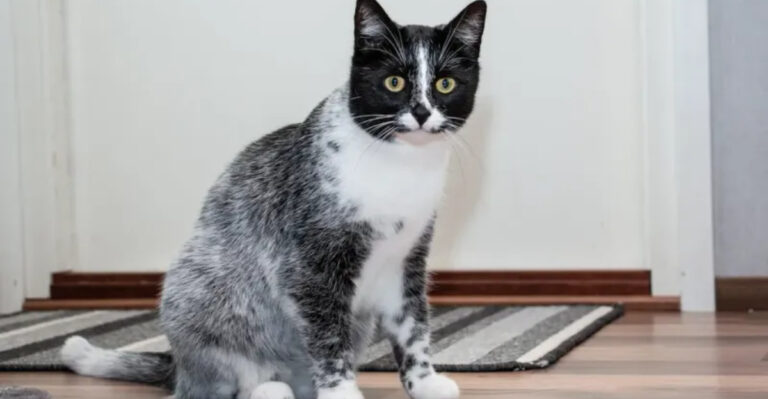15 Steps To Keep Your Cat Hydrated During Summer
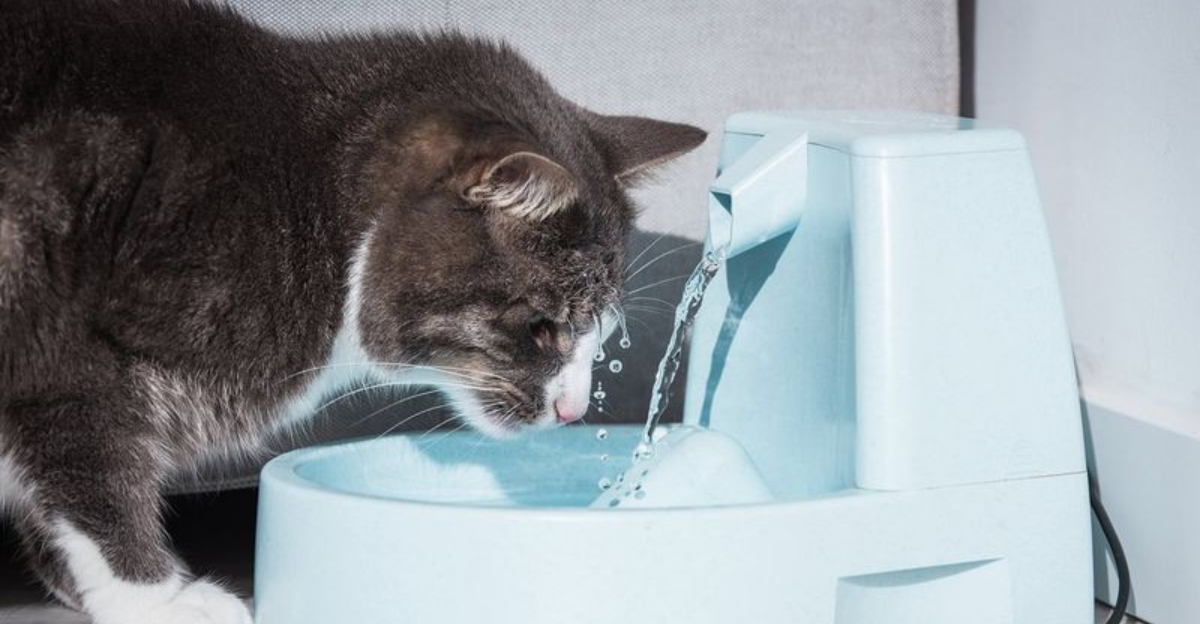
Summer heat can pose serious hydration challenges for our feline friends. Cats naturally have a low thirst drive, making them vulnerable to dehydration when temperatures rise. Keeping your kitty properly hydrated isn’t just about filling a water bowl – it requires creativity and understanding their unique preferences. These practical steps will help ensure your cat stays cool, comfortable, and well-hydrated all summer long.
1. Multiple Water Stations
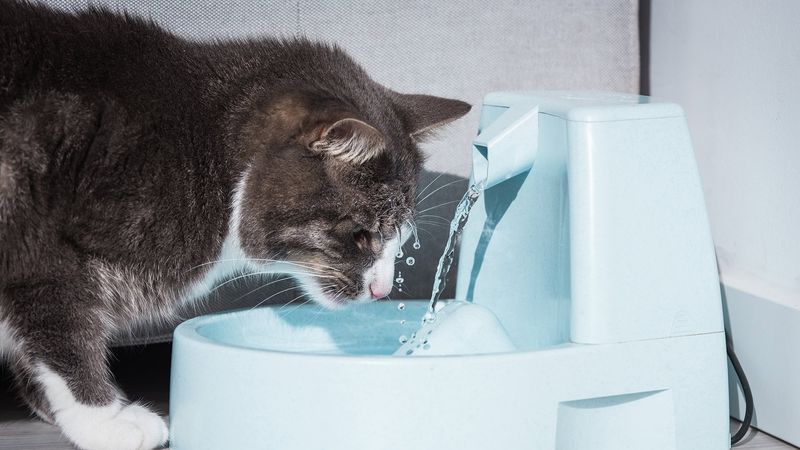
Scatter several water bowls throughout your home. Cats are notorious opportunity drinkers who might pass by one water source but stop at another simply because it’s convenient.
Place bowls in quiet corners, near favorite napping spots, and in areas your cat frequents. This strategy increases the chances your feline friend will take sips throughout the day.
2. Upgrade To A Flowing Fountain
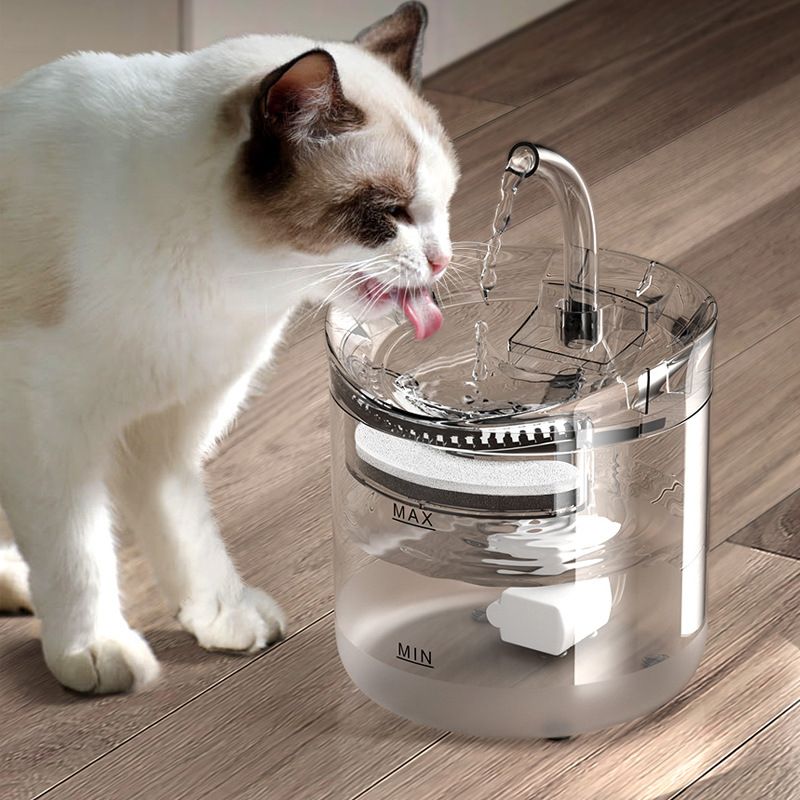
Running water fascinates most cats, triggering their natural instinct to seek fresh water sources. A cat fountain creates movement that catches their attention and encourages drinking.
Many fountains include filters that remove impurities and keep water tasting fresh. The gentle bubbling sound also attracts curious cats who might otherwise ignore still water in a regular bowl.
3. Ice Cube Treats
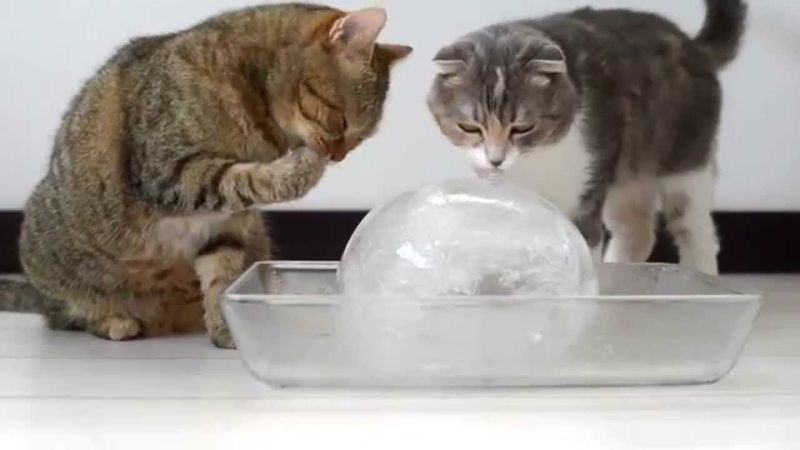
Drop a few ice cubes into your cat’s water bowl for an intriguing cool-down treat. Some cats enjoy batting at floating ice or licking it directly for hydration.
For extra appeal, freeze low-sodium chicken broth in ice cube trays. These flavored cubes can be offered in a separate dish as a special summer refreshment that encourages fluid intake while cooling your kitty down.
4. Switch To Wet Food
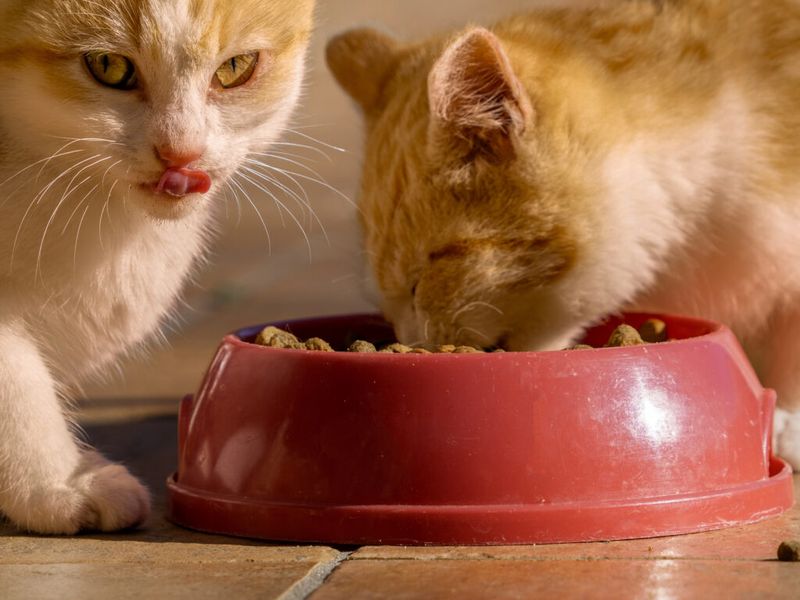
Canned cat food contains approximately 70-80% moisture compared to dry kibble’s 10%. Making wet food the main part of your cat’s diet significantly increases their water intake without them even realizing it.
During hot months, consider gradually transitioning to an all-wet diet or at least replacing one meal daily with wet food. Your cat will enjoy the tasty change while getting crucial hydration.
5. Add Water To Dry Food
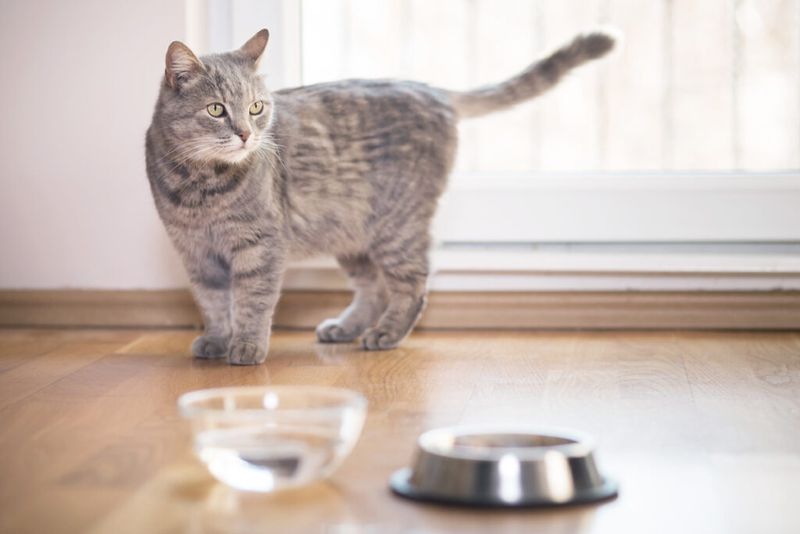
If your cat refuses wet food, try moistening their dry kibble. Start with just a tablespoon of water mixed in, gradually increasing to create a gravy-like consistency many cats enjoy.
Warm water enhances food aromas, making this trick especially effective for picky eaters. This simple hack transforms regular meals into hydration opportunities without changing your cat’s familiar diet completely.
6. Chill Their Water
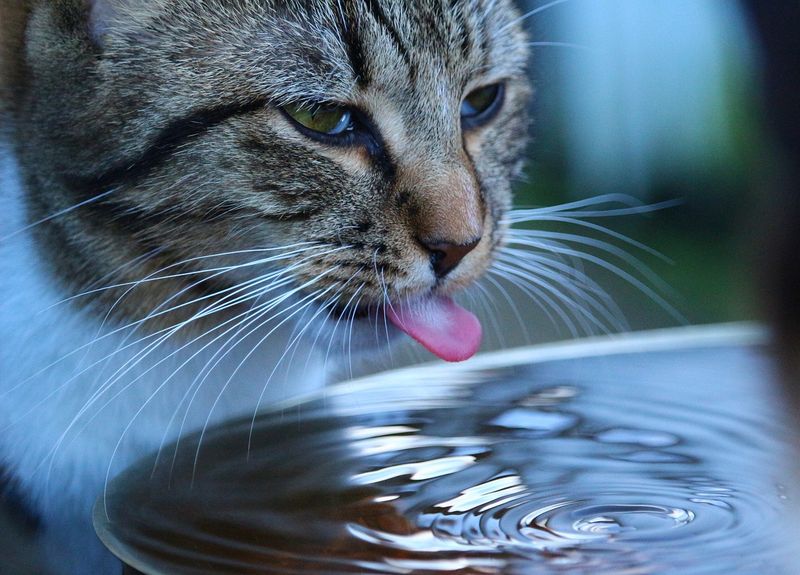
Cool water entices cats during hot weather. Keep a second water bowl in the refrigerator, swapping it with the room temperature one several times daily.
Avoid using ice-cold water, which can shock sensitive teeth. Instead, aim for pleasantly cool water that offers refreshing relief from summer heat without causing discomfort or deterring your cat from drinking.
7. Try Different Bowl Materials
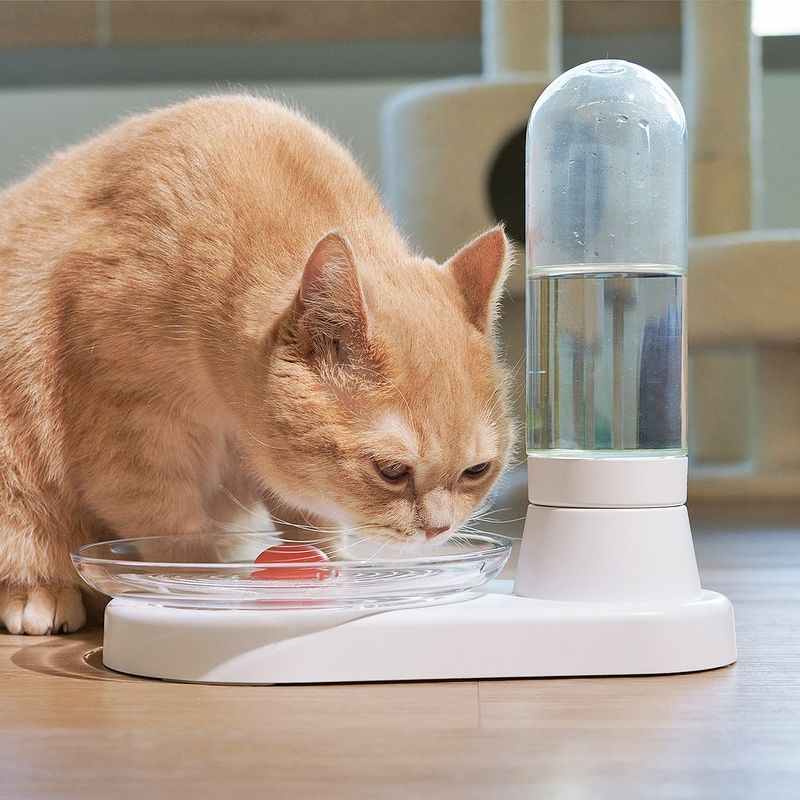
Some cats develop preferences for specific bowl materials. Plastic can harbor bacteria and create odors that deter sensitive cats, while some dislike metal’s reflections or occasional tinkling sounds.
Experiment with ceramic, glass, stainless steel, or even shallow dishes. Wide, shallow bowls prevent whisker fatigue – discomfort from whiskers touching bowl sides – making drinking more comfortable for your feline friend.
8. Flavor Their Water
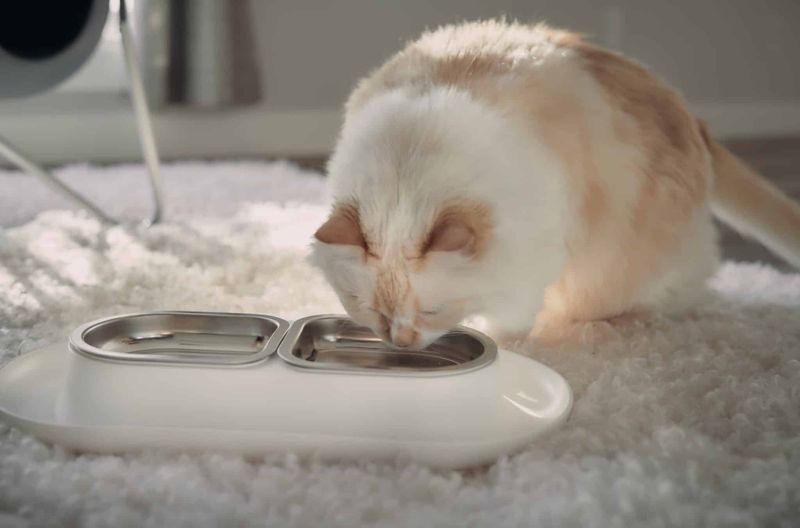
Entice reluctant drinkers with a dash of tuna juice or low-sodium chicken broth in their water. The appealing scent and taste can transform boring water into an irresistible treat.
Start with just a few drops in a separate bowl alongside regular water. If your cat shows interest, you’ve found a winning hydration strategy! Just remember to clean flavored water bowls daily to prevent bacterial growth.
9. Create A Cooling Station
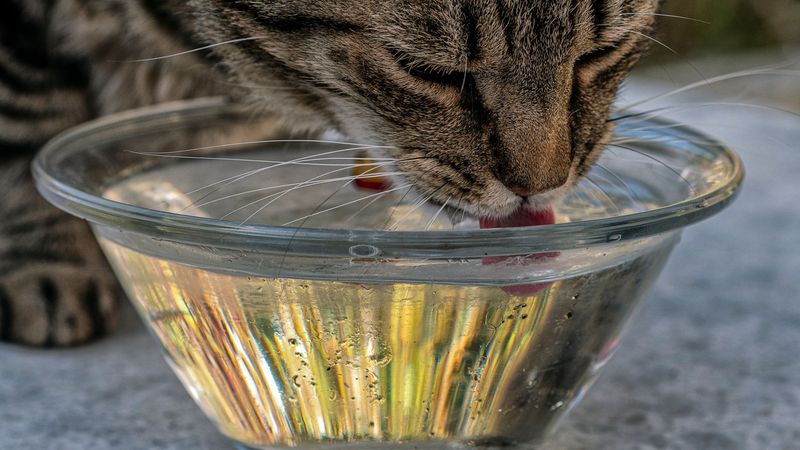
Set up a dedicated cool spot with fresh water, perhaps with a frozen water bottle wrapped in a towel nearby. Cats naturally seek cool surfaces during hot weather.
Place this hydration zone in a quiet, shaded area away from noisy appliances or high-traffic spots. The combination of cool surfaces and accessible water creates an appealing retreat that encourages your cat to drink while cooling down.
10. Water-Rich Treats
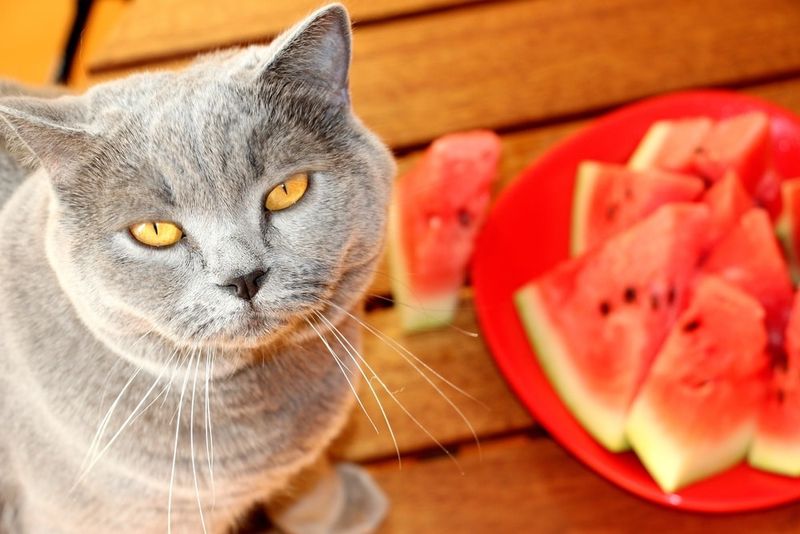
Offer small pieces of watermelon, cucumber, or cantaloupe as hydrating snacks. Many cats enjoy these water-packed treats, especially when chilled.
Always introduce new foods gradually and in tiny amounts. Remove seeds and rinds before serving, and remember that treats should make up less than 10% of your cat’s daily caloric intake, even these healthy, hydrating options.
11. Regular Bowl Cleaning
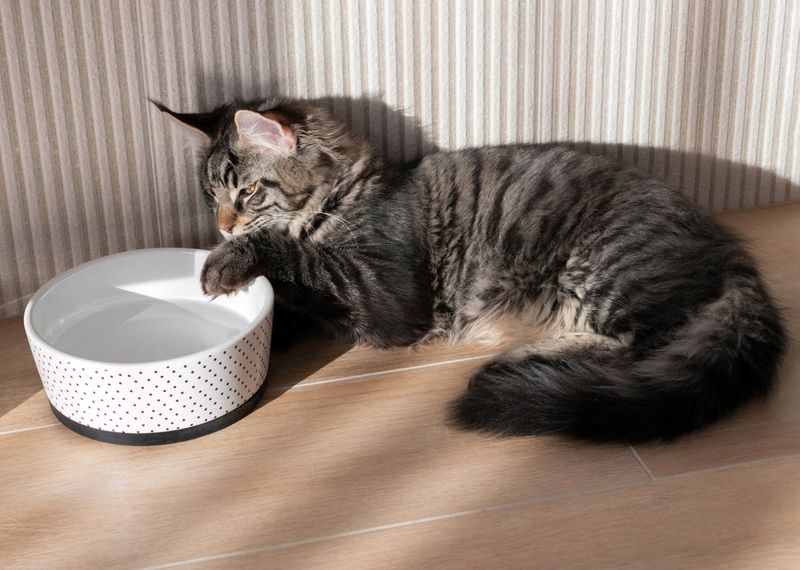
Cats can detect residue and bacteria in water bowls long before humans notice anything amiss. Wash bowls daily with unscented soap and rinse thoroughly to remove all soap residue.
Slippery biofilm develops quickly on bowl surfaces, creating odors that repel cats. Fresh, clean water in spotless bowls eliminates this common reason cats avoid drinking, especially during summer when water quality degrades faster.
12. Monitor Bathroom Visits
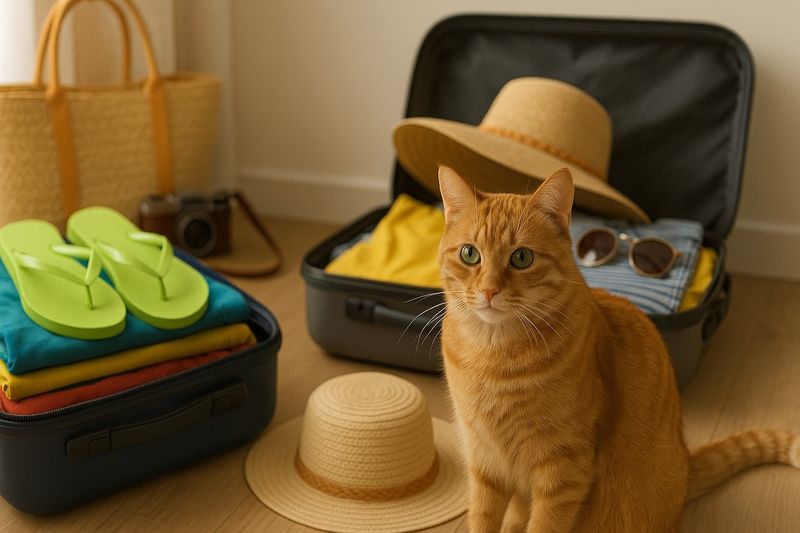
Keep an eye on your cat’s litter box habits during hot weather. Properly hydrated cats should urinate several times daily, producing good amounts of urine rather than small, concentrated amounts.
Less frequent urination or unusually dark urine signals potential dehydration. Early detection allows you to adjust your hydration strategies before more serious symptoms develop, keeping your summer kitty healthy and comfortable.
13. Ice Packs Under Water Bowls
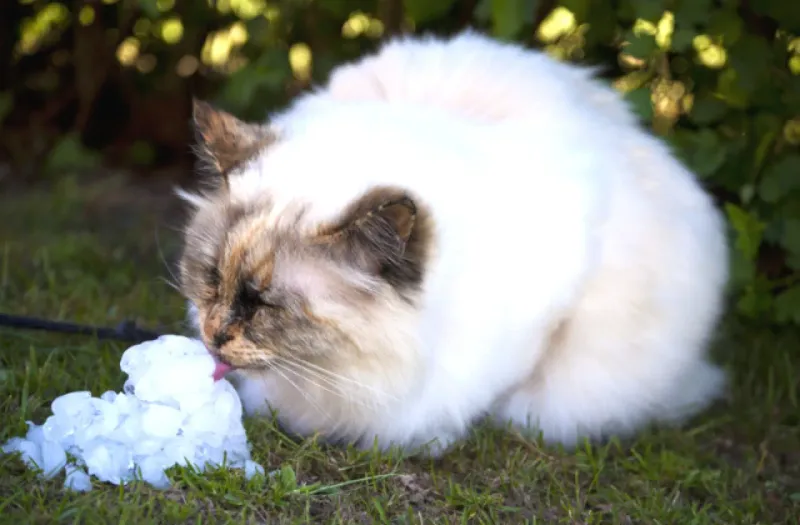
Place a small ice pack or frozen gel pack under your cat’s water bowl, with a towel between for insulation. This keeps water refreshingly cool for hours without making it uncomfortably cold.
This simple trick works especially well for outdoor water stations or during extreme heat waves. The subtle cooling effect entices cats to drink more frequently while providing welcome relief from summer temperatures.
14. Syringe Hydration For Emergencies
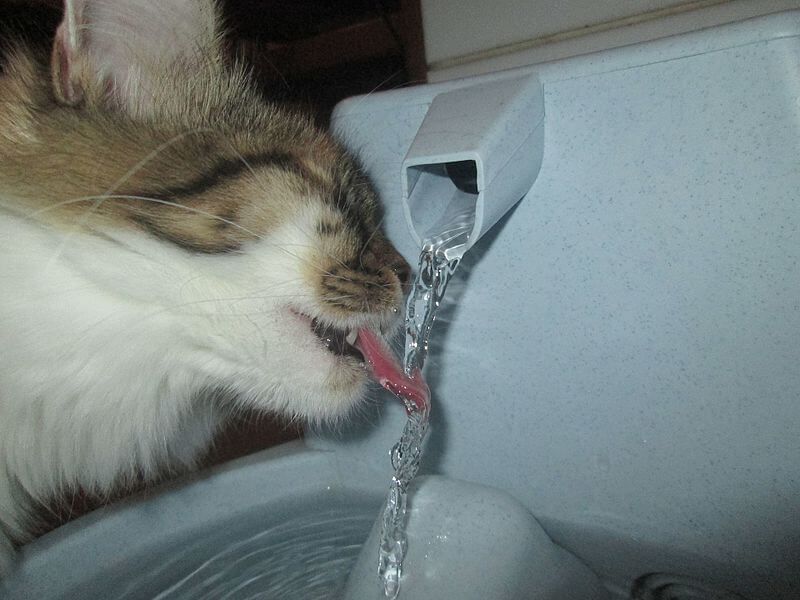
Keep oral syringes handy for emergency hydration during extreme heat. If your cat shows signs of dehydration – lethargy, dry gums, or skin that stays “tented” when pinched – you may need to administer water directly.
Gently squirt small amounts of water into the pouch between their teeth and cheek, never forcing or aiming down their throat. Contact your vet immediately if dehydration symptoms persist.
15. Create A Hydration Schedule
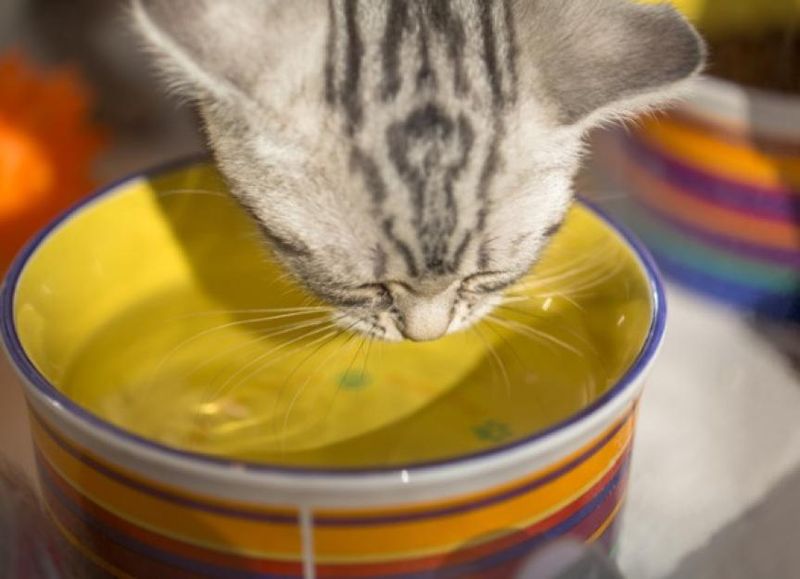
Establish regular times throughout the day to refresh water bowls and offer wet food meals. Cats thrive on routine and may learn to expect and look forward to fresh water at certain times.
Set phone reminders if needed to ensure consistency. This structured approach is particularly helpful during heat waves when staying on top of hydration becomes even more critical for your cat’s health and comfort.



